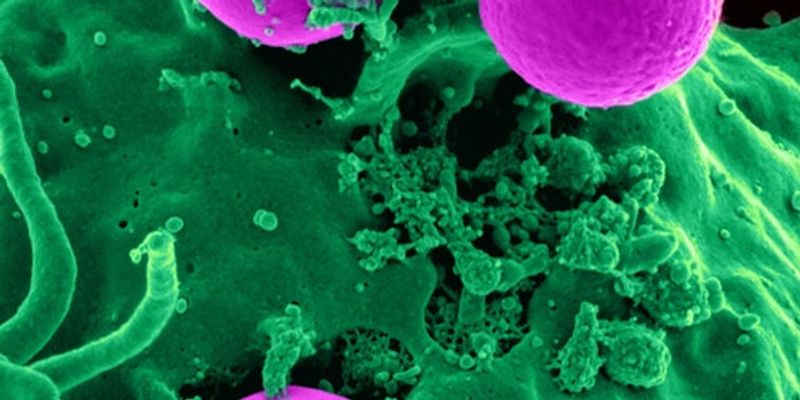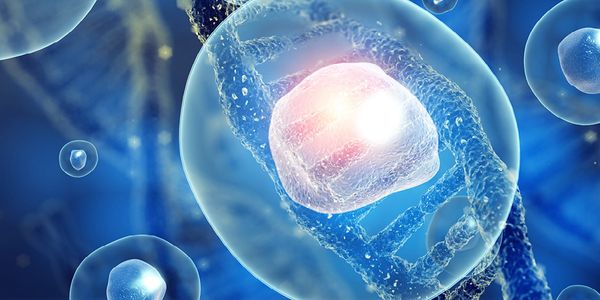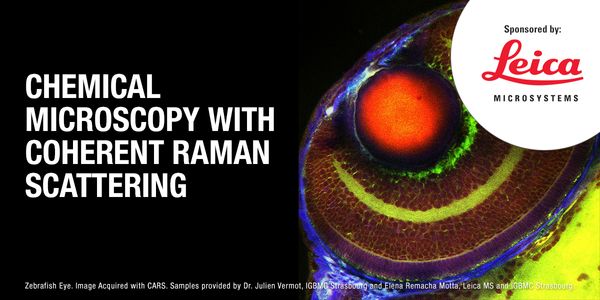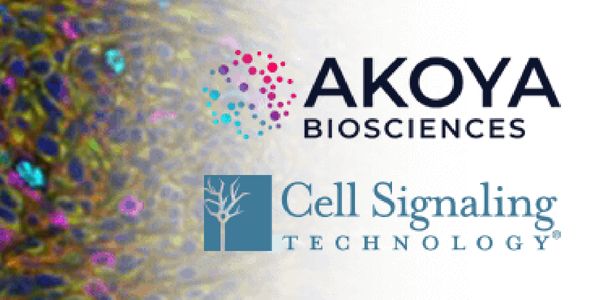Cell
Cell: is the smallest structural and functional unit of an organism, typically microscopic and consisting of cytoplasm and a nucleus enclosed in a membrane. Microscopic organisms typically consist of a single cell, which is either eukaryotic or prokaryotic.
-
APR 09, 2020 | 8:00 AMDATE: April 9, 2020 TIME: 8:00am PT, 11:00am ET Mass spectrometry-based proteomics allows the simultaneous measurement of a large number of proteins...This presentation is about a client-focused approach used to find an all synthetic ligand which is developed into an affinity adsorbent – followed by working with the client to develop...
Genetically-modified cell therapies are revolutionizing medicine, offering new opportunities to treat cancer patients and potentially many other diseases. The process of producing gene-modif...
Strong performance for a Facility of the Future for the Life Sciences industry requires more than optimal manufacturing process development and facility design. The sector encompasses a dive...
The NIST Biomanufacturing Program develops measurement science, standards, reference data and tools to support the development, manufacturing, and regulatory approval of biologic medicines....
Digital PCR has become the emerging technique for the sequence-specific detection and quantification of nucleic acids for various applications. During the recent years, numerous articles of...
Bioreactor modeling can inform understanding of cellular metabolism—including aspects of growth kinetics, productivity, media consumption, and metabolite secretion—and can be use...
Within this talk the advantages of using intensified Design of experiments (iDoE) in combination with hybrid modeling will be demonstrated. In detailed upstream and downstream showcases the...
There has been an increasing number of successful gene therapy clinical trials, leading to regulatory approvals of numerous gene therapy products, in particular ones based on the adeno-assoc...
























